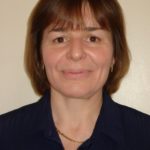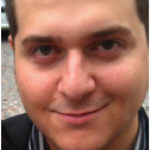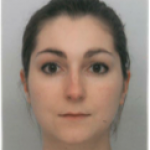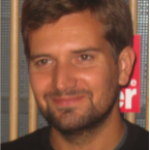Link to Pubmed [PMID] – 27166760
Mol. Psychiatry 2017 04;22(4):625-633
Contactin genes CNTN5 and CNTN6 code for neuronal cell adhesion molecules that promote neurite outgrowth in sensory-motor neuronal pathways. Mutations of CNTN5 and CNTN6 have previously been reported in individuals with autism spectrum disorders (ASDs), but very little is known on their prevalence and clinical impact. In this study, we identified CNTN5 and CNTN6 deleterious variants in individuals with ASD. Among the carriers, a girl with ASD and attention-deficit/hyperactivity disorder was carrying five copies of CNTN5. For CNTN6, both deletions (6/1534 ASD vs 1/8936 controls; P=0.00006) and private coding sequence variants (18/501 ASD vs 535/33480 controls; P=0.0005) were enriched in individuals with ASD. Among the rare CNTN6 variants, two deletions were transmitted by fathers diagnosed with ASD, one stop mutation CNTN6 was transmitted by a mother to her two sons with ASD and one variant CNTN6 was found de novo in a boy with ASD. Clinical investigations of the patients carrying CNTN5 or CNTN6 variants showed that they were hypersensitive to sounds (a condition called hyperacusis) and displayed changes in wave latency within the auditory pathway. These results reinforce the hypothesis of abnormal neuronal connectivity in the pathophysiology of ASD and shed new light on the genes that increase risk for abnormal sensory perception in ASD.












